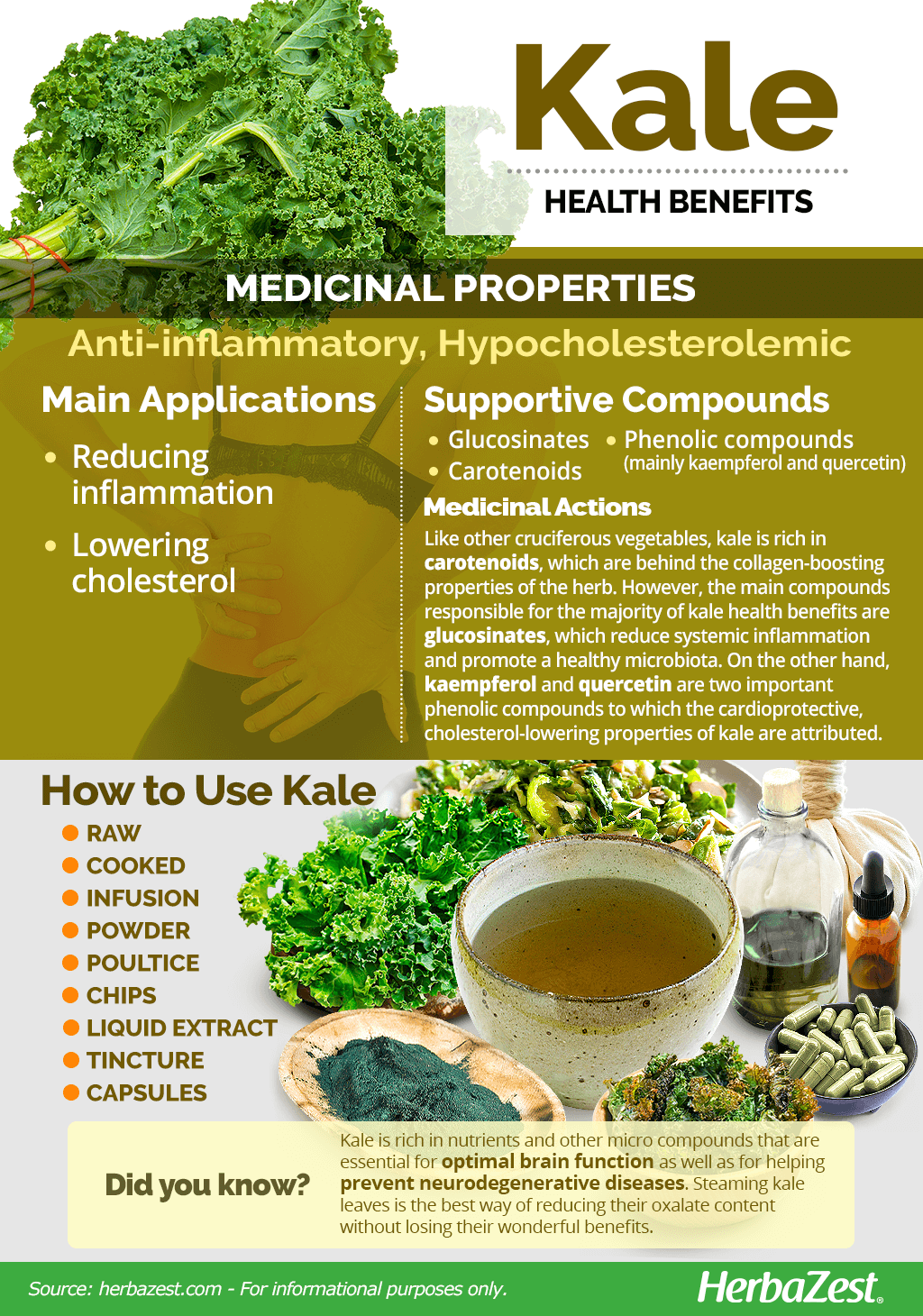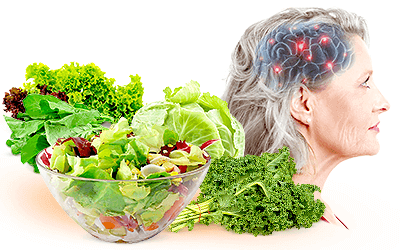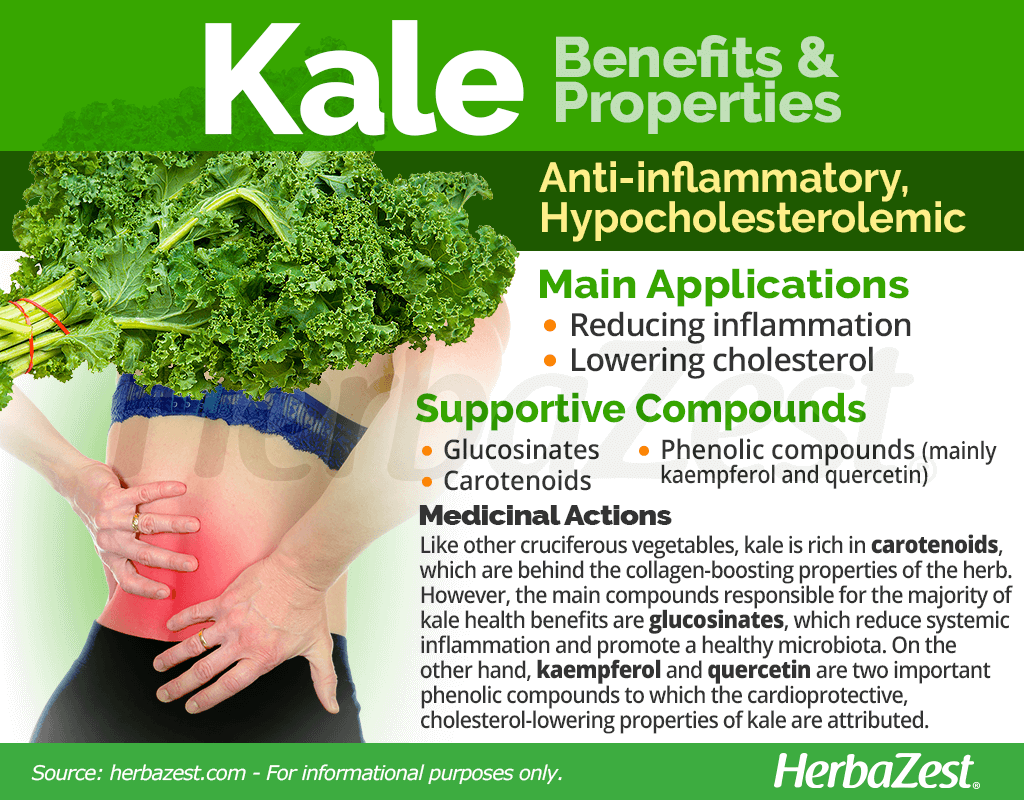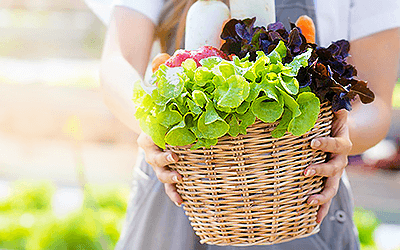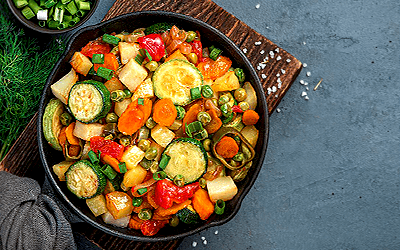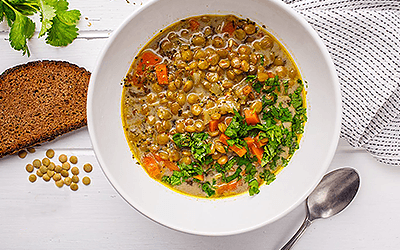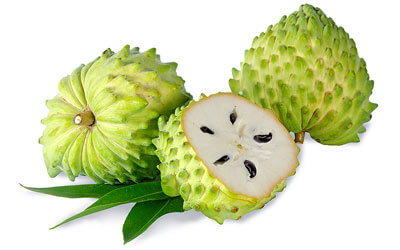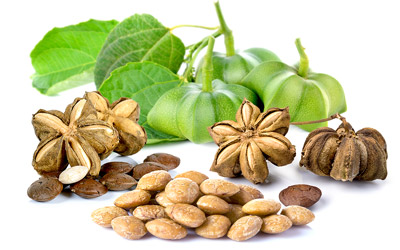Hailing from the eastern Mediterranean and Asia minor, the benefits of kale have been enjoyed by Greeks and Romans thousands years ago, along with other collard greens widely cultivated back then. Kale, also known as leaf cabbage and borecol, is not only a dark green leafy veggie with a rich history, but also a powerhouse of nutrition and medicinal properties, many of them corroborated by modern science.
Kale Medicinal Properties
- Medicinal action Anti-inflammatory, Hypocholesterolemic
- Key constituents Phenolic compounds, carotenoids and glucosinates
- Ways to use Capsules, Hot infusions/tisanes, Liquid extracts, Food, Tincture, Poultice, Powder
- Medicinal rating (3) Reasonably useful plant
- Safety ranking Safe
Kale is arguably one of the most popular healthy green foods around the world, and its reputation is well-deserved. Kale is not only nutritious and credited to have detoxifying properties, but numerous scientific studies have revealed that is is helpful for both reducing the risk of chronic diseases.
According to science, the most relevant benefits of kale include:
Reducing inflammation. Kale dark green leaves are rich in antioxidants and other natural compouds that have proven effective reducing inflammation markers, thus reducing the risk of chronic and age-related diseases.
Lowering cholesterol. The most relevant factor for cardiovascular health is cholesterol. Kale have been shown to reduce the build up harmful cholesterol (LDL) the arterial walls, helping treat and prevent atherosclerosis and coronary and coronary arthery disease.
Other significant kale benefits for human health are:
Supporting skin and eye health. The regular intake of kale, along other foods rich in carotene, has been shown to preserve vision, preventing macular disease, and also contributin to skin regeneration, delaying the onset of the first visible signs of aging.
Promoting brain function. Kale is rich in nutrients and other microcompounds that are essential for brain development and optimal function, as well as for helping prevent neurodegenerative diseases.
How It Works
Kale, as a part of the Brassicae or cabbage family, is rich in carotenoids, glucosinates, and phenolic compounds, all ofwhich are behind the great antioxidant, anti-inflammatory properties of this leafy green vegetable.
The anti-inflammatory properties of kale are mainly attributed to glucosinates. Like other cruciferous vegetables, kale is capable of reducing systemic inflammation by improving microbiota composition, promoting the presence of beneficial microorganisms, and reducing the ratio of harmful bacteria.1,2
On the other hand, the presence of flavonols, mainly kaempferol and quercetin, is thought to be responsable for the cardioprotective, cholesterol-lowering benefits of kale. These compounds have the ability to interact with fat acid-binding proteins, reducing dangerous levels of cholesterol. 3,4
High levels of carotenoids are behind the skin protective benefits of kale. These compounds stimulate collagen production, which allows tissue regeneration and speeds-up cicatrization.5
Other herbs with anti-inflammatory and hypocholesterolemic properties are avocado,beetroot, broccoli, and oat.
Side Effects of Kale
In spite of being nutrient-rich and generally safe to eat, raw or cooked, kale also contains oxalates, which can lead to kidney stones if consumed in high amounts, so, moderation is in order with this and other cruciferous vegetables. Cooking kale leaves, in a similar fashion of spinach, can reduce the concentration of these compounds and optimize nutrient absorption.
Additionally, kale's fiber can be hard to digest, causing bloating and flatulence, and it also contains a type of sugar called raffinose, wich can cause stomach discomfort.
Cautions
Due to its high levels of vitamin K, people taking blood thinning medications must consume kale in moderation. Individuals with thyroid disorders should be aware that kale contains goitrogen, an anti-nutrient that can interfere with iodine absorption, thus affecting the production of hormones.
Kale Nutrition
Kale is arguably one of the most nutritious green vegetables. It is not only rich in dietary fiber, crucial por blood sugar control and digestion, but also provides adequate amounts of plant-based protein, along with outstanding levels of essential nutrients.
Kale is a great addition for supporting bones' health due to the abundance of calcium and manganese in its dark green leaves. On the other hand, good amounts of potassium improve nerve transmission and muscle contraction as well as kidney and heart functions. Additionally, kale provides good levels of iron and copper, both necessary for the production and transport of red blood cells.
On the vitamins' department, is easy to see why kale is considered as a superfood: it's a surprising powerhouse of vitamin C (ascorbic acid), a water-soluble antioxidant that not only protects cells from free radicals' damage, but also aids proper absortion of other nutrients, mainly calcium, folate, and iron. Kale also boasts provitamin A carotenes, essential for skin regeneration and eye health, vitamin K (phylloquinone), responsable for healthy bones and proper blood clotting, and great levels of B vitamins, chiefly B2 (riboflavin), crucial for fat absorption and metabolic processes, as well as folate, instrumental for brain function and the nervous system.
100 grams of raw kale leaves provide 35 calories, 6%DV of plant-based protein, and 16%DV of dietary fiber.
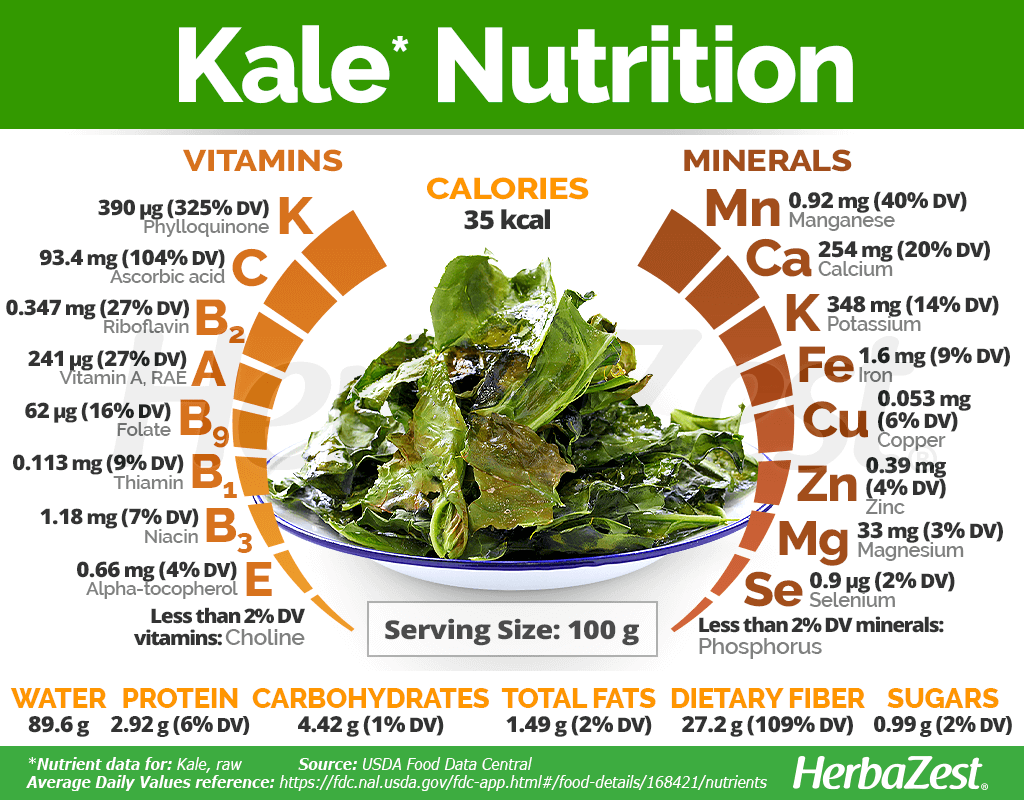
How to Consume Kale
- Edible parts Leaves
- Taste Earthy
Natural Forms
Raw. Kale is commonly consumed in salads, alone or mixed with other green leaves. It is worth to notice that, due to their amount of fiber and oxalates, kale leaves can be hard to digest and must be consumed in moderation.
Cooked. Since boiling kale leaves can somewhow diminish their antioxidant power and nutritional value, steaming them is recommended to reduce their oxalate content without losing their wonderful benefits.
Infusion. Kale tea is a popular way of reaping the anti-inflammatory, cholesterol-lowering properties of this greeny vegetable. Roasting the kale leaves before hand will help release the aroma and maximise the benefits of this medicinal infusion.6
Powder. For smoothie lovers, this may be the easier way to take advantage of kale's nutrients and medicinal properties; however, kale powder can also be added to culinary dishes, such as mashed potatoes, soups, and more.
Poultice. It is believed that the topical application of kale leaves over sore muscles and joints can reduce inflammation and pain, particularly in people with osteoarthritis.
Chips. Kale leaves can be made into chips, which are nowadays trendy for a good reason: they are a great, crunchy snack that can be easily prepared at home using an airfryer or an oven.
Herbal remedies & Supplements
Liquid extract. Kale leaves are used to obtain a liquid extract, rich in antioxidant carotenoids, concentrating the anti-inflammatory and hypocholesterolemic properties of this Brassicae vegetable.
Tincture. Infused in a base of alcohol or glycerine, this is a medicinal preparation of kale that should be consumed diluting few drops in water, and brings benefits that are similar to those of the liquid extract.
Capsules. Kale extract also can be found in the form of capsules, which are widely available and easy to consume in order to reap kale benefits.
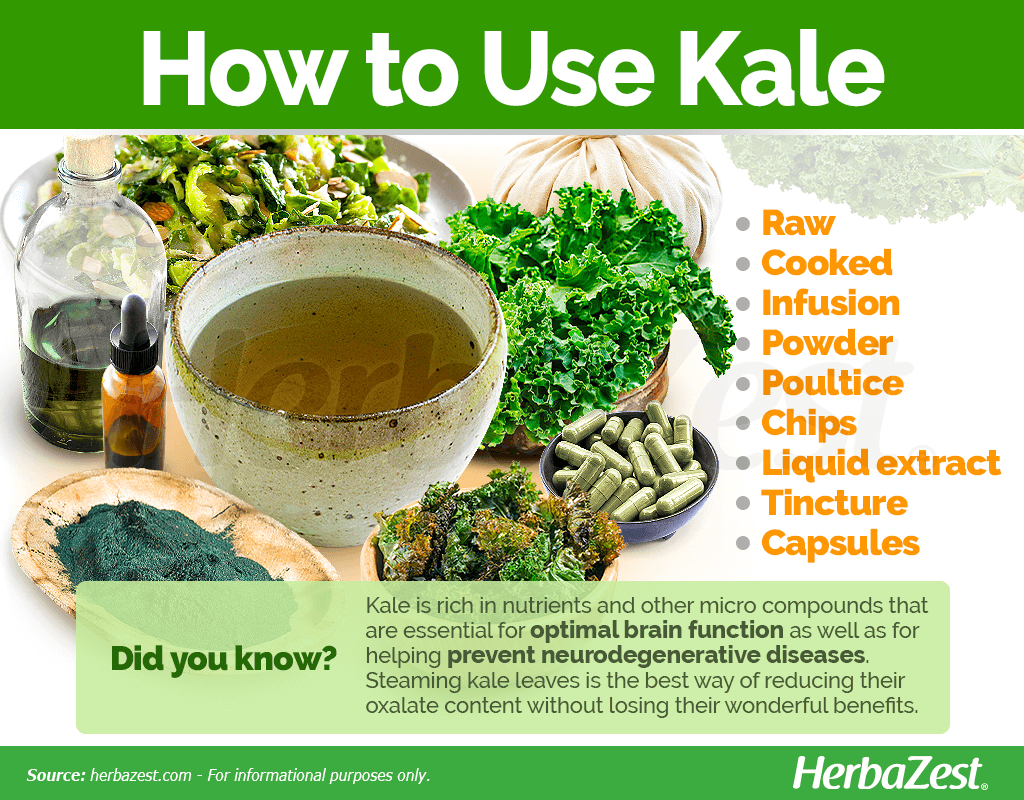
Growing
- Life cycle Perennial
- Harvested parts Leaves
- Light requirements Full sun
- Soil Well-drained
- Growing habitat Cool temperate regions
- USDA Plant Hardiness Zones 9b, 10a, 10b, 11a, 11b, 12a, 12b
- Planting time Right after last frost
- Plant spacing average 0.1 m (0.30 ft)
- Growing time 3 months
- Potential insect pests Aphids, Moths, Armyworms, Cutworms
- Potential diseases Leaf spot, Mildew, Anthracnose, Black rot, Damping-off
Adapted to temperate and cold climates, kale is a hardy plant, ideal to grow in a backyard for culnary or ornamental purposes. Given few basic conditions of soil, sun exposure, and humidity, this nutritious vegetable can be a great addition to any garden.
Growing Guidelines
Kale can tolerate different types of soil, as long as they are fertile and well-drained. Adding organic matter and fertilizer beforehand is highly recommended for best results.
Kale seeds need to be sown 1/4-1/2 inch ( cm) deep in a sprouting tray. After a germination period of 6 to 12 days, the seedlings can be transplanted, with a space of 12-18 inches ( cm) between each of them, in rows 2 feet ( cm) apart.
Kale prefers cold, temperate climates, with an ideal range of temperature betwen 30-75°F (-1-24°C).
The best time to plant kale is 4-5 weeks before or right after the last frost, in order to have a tasty harvest before summer arrives and temperature rises.
When it comes to water requirements, kale is no different from other cruciferous vegetables. Deep and infrecuent irrigation is the best way to have healthy plants. Excessive watering can kill kale or expose it to diseases.
The kale plant is susceptible to fungal and bacterial diseases, such as alternaria leaf spot, antrachnose, damping-off, downy mildew, and black rot. It can also be affected by plagues, like armyworms, aphids, and moths.
Additional Information
- Other uses Animal feed
Biology of Kale
This popular leafy green is a biennial or perennial plant, but is is usually cultivated as an annual vegetable. It is characterised by its waxy coat leaves, which are borne directly from the stalk and can be about 18 inches (46 cm) long. Kale leaves can be curly of straight, depending on the variety, and come on different colors, from gray-green to purple. A fully grown kale plant can reach 2 - 3.3 feet (61 cm - 1 m).
Classification
Are collards leafy greens?Vegetables like spinach, dandelion, and mustard are often categorized as collards due to their smooth and flat leaves; however, they are still leafy greens, the same as other edible herbs, including kale and cabbage, which have large and stiff leaves. Both terms can be confusing because they are commonly used interchangeably.
Kale, also known as borecole, leaf cabbage, or non-heading cabbage, is the point of origin of the whole Brassicae botanical group, also known as the cabbage or mustard family, which comprises about 360 genera and over 3709 species - mostly herbaceous plants -, several of them with great medicinal, nutritional, and economic value, such as arugula, broccoli, Brussels sprouts, radish,
cabbage, cauliflower, and mustard, all of them often called "cruciferous vegetables." Kale's botanical name, Brassica oleracea var. acephala, is a pretty good description of the plant: acephala is a latin word that means "without a head". The edible kale parts are composed only by leaves.
Varieties and cultivars of kale
This ancient vegetable has undergone many processes of hibridization and experimentation, resulting in many cultivars of the classic curly kale. Some popular kale varieties are: Dwarf Siberian, True Siberian, Red Ursa, Premier, Redbor, White Russian, and Beira Tronchuda, all of them hardy to cold climates.
Did you know?
The words "kale" (English), and "kohl" (German) have an Scottish origin, but they can be traced further back to coles or caulis, both words used by Greeks and Romans to classified the entire Brassicae family.
Historical Information
The words "kale" (English), and "kohl" (German) have an Scottish origin, but they can be traced further back to coles or caulis, both words used by Greeks and Romans to classified the entire Brassicae family.
The first records of kale cultivation in the Mediterranean region can be traced back to 4,000 years. While ancient Greeks and Romans played a crucial role in the early history of this cruciferous vegetable, it is thought that kale's existence in nature preceds both civilizations, and more evolved forms of the Brassica genus, such as cauliflower (Brassica oleracea var. botrytis), broccoli (Brassica oleracea var. italica), and modern head cabbage (Brassica oleracea var. capitata), didn't make their appearance until 2,000 years later.
As a cold hardy crop, kale was a dietary staple in Europe for thousands of years before it was brough to North America, in the 19th century.
Economic Data
The statistics of kale commerce are included into the broad vegetable category, so there are no exact numbers to show. However, within the organically grown vegetables, the popularity of kale in 2022 pops-up, with 40% of the leafy greens retail market.
The largest international producer and exporter of kale is China; however, in the United States of America, this leafy green vegetable is commercially grown mostly in California, Georgia, New Jersey, and Texas, whereas in Canada, the provinces of Ontario and Nova Scotia lead the national production.
Other Uses
Gardening. Because of its pretty, curly leaves that come in a wide range of colors, some kale varieties, such as Redbor and Red Russian, have become popular ornamentals for garden beds.
Fodder. While the younger, tender leaves of kale are destined to human consumption, the older leaves are used to supplement the diet of farm animals, including chickens, rabbits, cows and pigs.
Sources
- Acta Scientiarum Polonorum Technologia Alimentaria, Composition and antioxidant activity of kale (Brassica oleracea L. var. acephala) raw and cooked, 2012
- Arizona State University, Backyard Gardener, Growing Kale, 2020
- Cornell University, Vegetable Varieties for Gardeners
- Food Science and Biotechnology, The aroma profile and aroma-active compounds of Brassica oleracea (kale) tea, 2021
- Foods, New Vegetable Brassica Foods: A Promising Source of Bioactive Compounds, 2021
- Harvard T.H. Chan - School of Public Health, The Nutrition Source, Kale
- Plants (Basel), Improving the Health-Benefits of Kales (Brassica oleracea L. var. acephala DC) through the Application of Controlled Abiotic Stresses: A Review, 2021
- Texas A&M Agrilife Extension, Greeks and Romans Grew Kale and Collards
- University of Arkansas, Division of Agriculture, Plant of the Week: Kale, Curly Leafed
- USDA Agricultural Research Center, Vegetables and Pulses Outlook: December 2022
- Utah State University, Yard and Garden Extension, How to Grow Kale in Your Garden
Footnotes
- Frontiers in Pharmacology. (2021). Glucosinolates From Cruciferous Vegetables and Their Potential Role in Chronic Disease: Investigating the Preclinical and Clinical Evidence. Retrieved November 27,2023, from: https://www.ncbi.nlm.nih.gov/pmc/articles/PMC8575925/
- Microorganisms. (2021). Kale Attenuates Inflammation and Modulates Gut Microbial Composition and Function in C57BL/6J Mice with Diet-Induced Obesity. Retrieved November 27,2023, from: https://www.ncbi.nlm.nih.gov/pmc/articles/PMC7911404/
- Nutrients. (2019). Dietary Quercetin and Kaempferol: Bioavailability and Potential Cardiovascular-Related Bioactivity in Humans. Retrieved December 7,2023, from: https://www.ncbi.nlm.nih.gov/pmc/articles/PMC6835347/
- Electrophoresis. (2016). The molecular mechanism of the cholesterol‐lowering effect of dill and kale: The influence of the food matrix components. Retrieved December 7,2023, from: https://www.ncbi.nlm.nih.gov/pmc/articles/PMC5215634/
- Nutrients. (2017). Influences of Orally Taken Carotenoid-Rich Curly Kale Extract on Collagen I/Elastin Index of the Skin. Retrieved December 7,2023, from: https://www.ncbi.nlm.nih.gov/pmc/articles/PMC5537889/
- Food Science and Biotechnology. (2021). The aroma profile and aroma-active compounds of Brassica oleracea (kale) tea. Retrieved December 11,2023, from: https://pubmed.ncbi.nlm.nih.gov/34603820/
